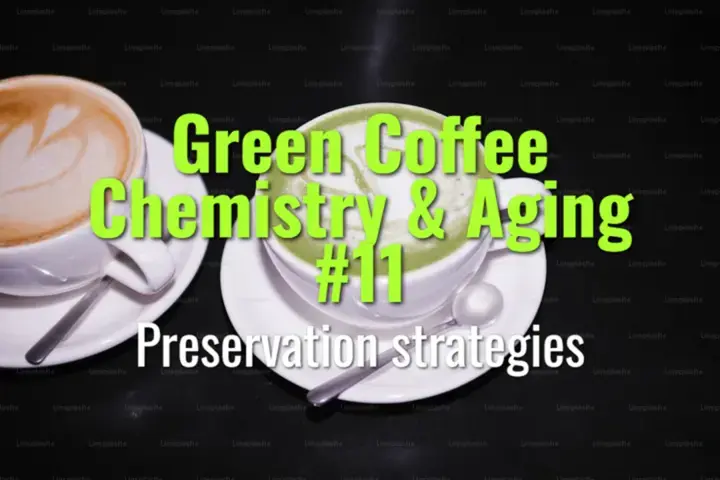
Preservation strategies
This topic explains the key strategies used to preserve green coffee quality during storage and transport, focusing on packaging, climate control, and handling practices that slow aging and staling.

This topic explains the key strategies used to preserve green coffee quality during storage and transport, focusing on packaging, climate control, and handling practices that slow aging and staling.
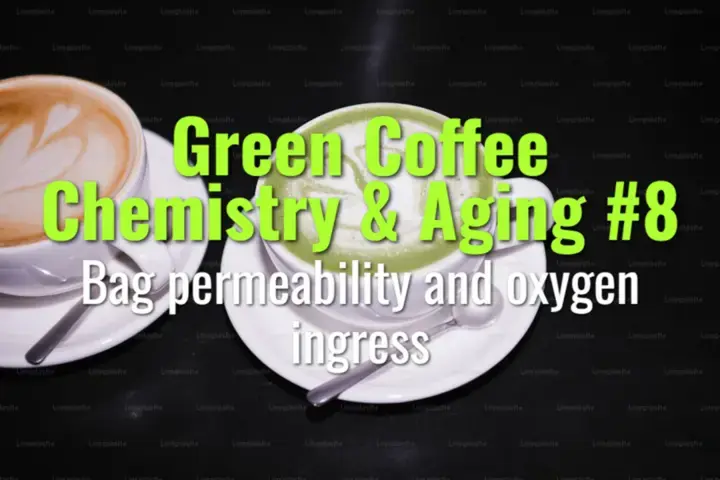
This topic explains how the permeability of coffee storage bags affects oxygen exposure, why it accelerates staling, and how different packaging choices influence quality preservation.
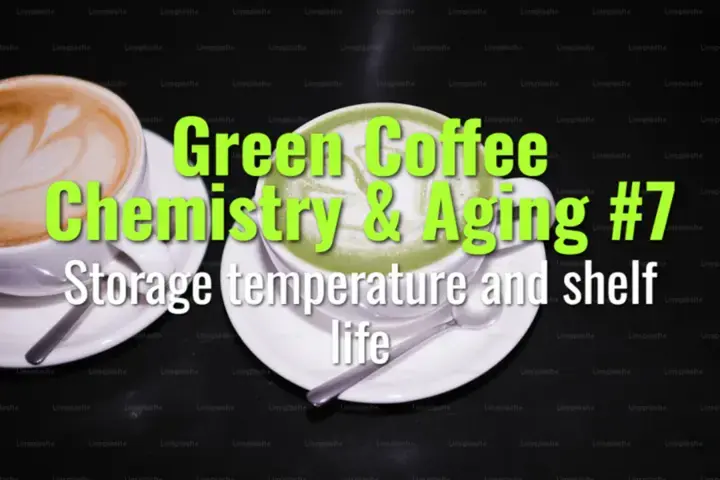
This topic explains how storage temperature affects the shelf life of green coffee, the chemistry behind flavor loss, and the best practices to preserve freshness and quality.
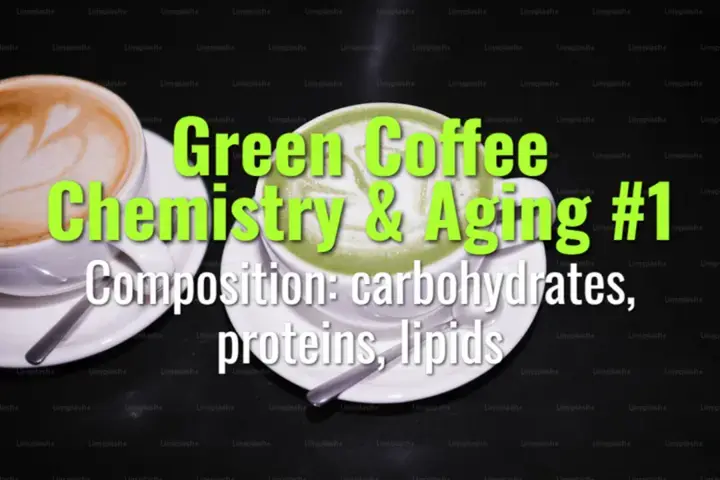
This topic explains the major chemical components of green coffee—carbohydrates, proteins, and lipids—their roles in green coffee stability, and their transformation during roasting.
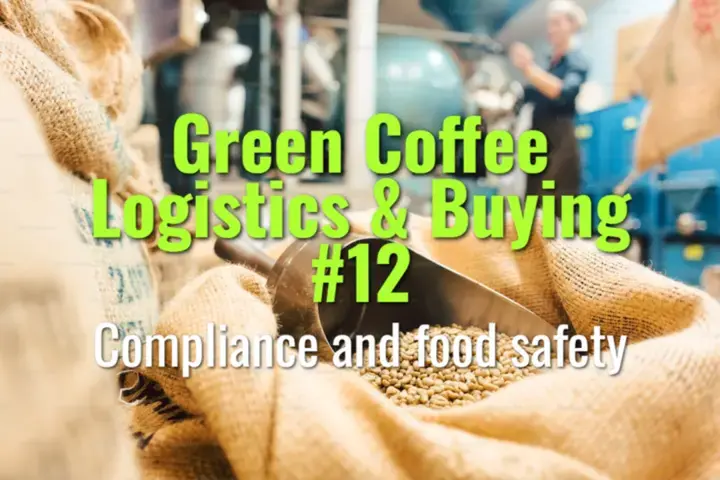
This topic explains the compliance and food safety requirements in green coffee logistics, covering international regulations, contamination risks, and best practices to meet buyer and consumer expectations.
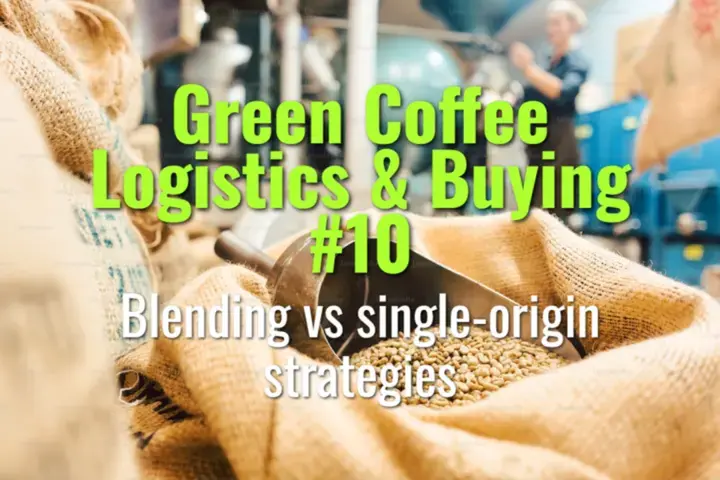
This topic explains the differences between blending and single-origin strategies in coffee, why roasters choose one over the other, and how these approaches affect quality, branding, and consumer experience.